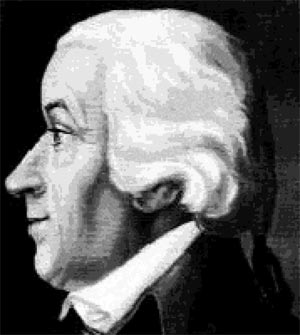
Johann Georg Justus Perthes was a German publisher and founder of the publishing house that bears his name.

The Almanach de Gotha is a directory of Europe's royalty and higher nobility, also including the major governmental, military and diplomatic corps, as well as statistical data by country. First published in 1763 by C.W. Ettinger in Gotha in Thuringia, Germany at the ducal court of Frederick III, Duke of Saxe-Gotha-Altenburg, it came to be regarded as an authority in the classification of monarchies and their courts, reigning and former dynasties, princely and ducal families, and the genealogical, biographical and titulary details of Europe's highest level of aristocracy. It was published from 1785 annually by Justus Perthes Publishing House in Gotha, until 1944. The Soviets destroyed the Almanach de Gotha's archives in 1945.

His/Her Serene Highness is a style used today by the reigning families of Liechtenstein, Monaco and Thailand. Over the past 400 years, it has also used as a style for senior members of the family of Hazrat Ishaan, who are believed to succeed Prophet Muhammad based on the 1400 year old Sunni Sayyid ul Sadatiyya line of Imamate of Ahlul Bayt. Until 1918, it was also associated with the princely titles of members of some German ruling and mediatised dynasties and with a few princely but non-ruling families. It was also the form of address used for cadet members of the dynasties of France, Italy, Russia and Ernestine Saxony, under their monarchies. Additionally, the treatment was granted for some, but not all, princely yet non-reigning families of Bohemia, Hungary, Italy, Poland, Romania and Russia by emperors or popes. In a handful of rare cases, it was employed by non-royal rulers in viceregal or even republican contexts.

Infante João, Duke of Beja was a Portuguese infante (prince) and member of the House of Braganza.
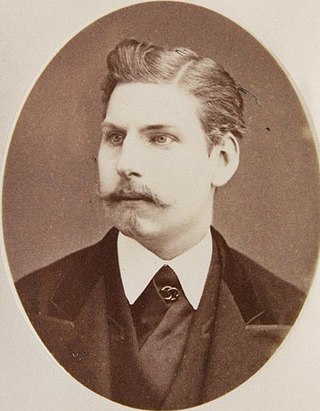
Infante Augusto, Duke of Coimbra was a Portuguese infante (prince) of the House of Braganza.

Prince Leopold Franz Julius of Saxe-Coburg and Gotha was a German prince of the House of Saxe-Coburg and Gotha-Koháry.
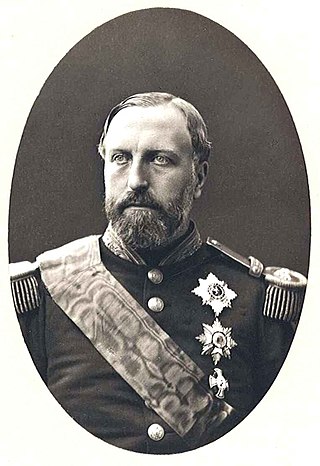
Prince Philippe of Belgium, Count of Flanders, was the third born and second surviving son of King Leopold I of Belgium and Louise d'Orléans. He was the brother of Leopold II of Belgium and Empress Carlota of Mexico.
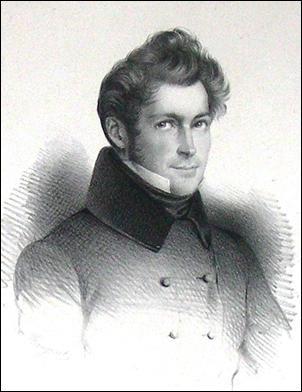
JonkheerHenri Ghislain Joseph Marie Hyacinthe de Brouckère was a Belgian nobleman and liberal politician. Born in Bruges, he was a magistrate and a professor at the Université Libre de Bruxelles. His brother Charles was mayor of Brussels.

Ernst Gunther II, Duke of Schleswig-Holstein, was a son of Frederick VIII, Duke of Schleswig-Holstein and Princess Adelheid of Hohenlohe-Langenburg. He inherited his father's title as titular third duke of Schleswig-Holstein.

Frederick II was the Duke of Anhalt from 1904 until 1918.
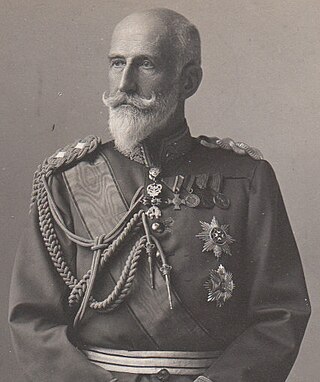
Duke Philipp of Württemberg was a German prince, head of the Roman Catholic cadet branch of the dynasty which ruled the Kingdom of Württemberg.

The House of Braganza-Saxe-Coburg and Gotha is a term used to categorize the last four rulers of the Kingdom of Portugal, and their families, from 1853 until the declaration of the republic in 1910. Its name derives from the four kings descended in a patrilineal line from King Ferdinand II of Portugal and in a matrilineal line from Queen Maria II of Portugal.

The Saxe-Ernestine House Order was an order of merit instituted by Duke Friedrich of Saxe-Altenburg, Duke Ernst I of Saxe-Coburg-Gotha, and Duke Bernhard II of Saxe-Meiningen on 25 December 1833 as a joint award of the Saxon duchies.

The Wittockiana, Museum of Book Arts and Bookbinding in Brussels, formerly known as Bibliotheca Wittockiana, is a public museum and library in Woluwe-Saint-Pierre, a municipality of Brussels, Belgium, devoted to the arts of the book and of bookbinding.
Events in the year 1833 in Belgium.
Events in the year 1875 in Belgium.

The Carnet Mondain of Belgium is a directory featuring high society, Belgian or foreign, established in Belgium, as well as members of Belgian families established abroad. It is equivalent to the Social Register in the United States. Its tagline is "the Familial and Social Belgium". It also publishes the coats of arms of these families, when armigerous.
The High Life de Belgique is a Belgian publishing house that was founded in 1880.
This page is based on this
Wikipedia article Text is available under the
CC BY-SA 4.0 license; additional terms may apply.
Images, videos and audio are available under their respective licenses.














